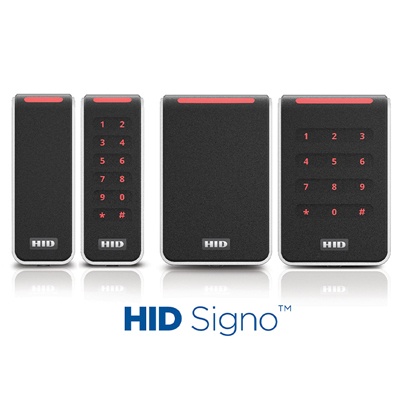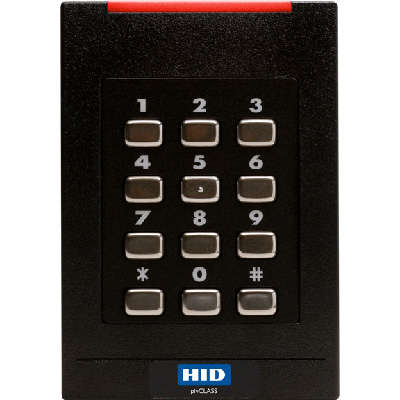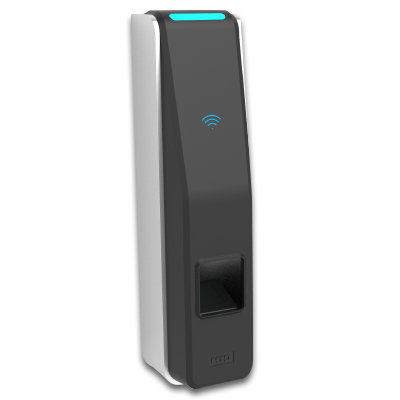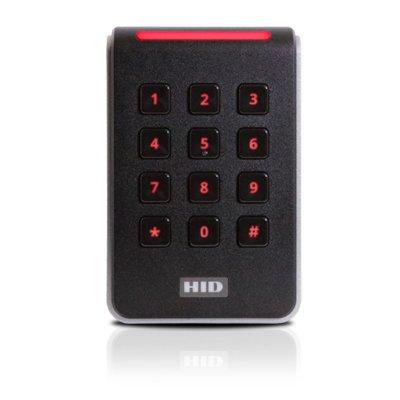Check out our special report on Cybersecurity
HID RP10-H pivCLASS contactless readers
Technical Specification
- Make: HID
- Model code: RP10-H
- Series: pivCLASS readers
- Reader Type: Mifare
- IP Rating: 55
HID Global pivCLASS government solutions enable facilities to upgrade their existing physical access control system (PACS) to FIPS 201 compliance. It supports multiple card types, such as PIV, PIV-I, CAC, CIV (a.k.a., PIV-C), TWIC and FRAC, as well as iCLASS® and HID Prox cards for easy, phased transitions from legacy technology to new PKI-enabled smart cards. pivCLASS readers work with the pivCLASS authentication module to perform a PKI challenge-response in addition to a signature check to validate the card authentication key (CAK).
Read more| Make | HID |
|---|---|
| Manufacturer | HID |
| Category | Access Control>Access control readers |
| Model code | RP10-H |
| Series | pivCLASS readers |
| Reader Type | Mifare |
| IP Rating | 55 |
| Mount Type | Mullion mount |
| Read Range mm | 13 ~32 mm |
| LED / Beep | 8 colour LED and audio beeper |
| Colour | Black/Grey |
| Wiegand Interface | Yes |
| Electrical Specifications | Voltage: 12 VDC |
| Physical Specifications |
Dimensions mm: 48 x 103 x 23 Weight g: 114 |
| Environmental Specifications |
Operating Temp oC: -35 ~65 Operating Humidity %: 5~95 |
| Additional info |
HID Global pivCLASS government solutions enable facilities to upgrade their existing physical access control system (PACS) to FIPS 201 compliance. It supports multiple card types, such as PIV, PIV-I, CAC, CIV (a.k.a., PIV-C), TWIC and FRAC, as well as iCLASS® and HID Prox cards for easy, phased transitions from legacy technology to new PKI-enabled smart cards. pivCLASS readers work with the pivCLASS authentication module to perform a PKI challenge-response in addition to a signature check to validate the card authentication key (CAK). |
- See other HID products
- HID Access control cards/ tags/ fobs
- HID Access control controllers
- HID Access control software
Related Whitepapers
Three essential reasons to upgrade your access control technology in 2022
Physical access control in higher education
OSDP is the strongest access control for your business
One system, one card
DownloadEnhancing physical access control using a self-service model
DownloadAligning physical and cyber defence for total protection
DownloadUnderstanding AI-powered video analytics
DownloadHow to implement a physical security strategy with privacy in mind
Download




























